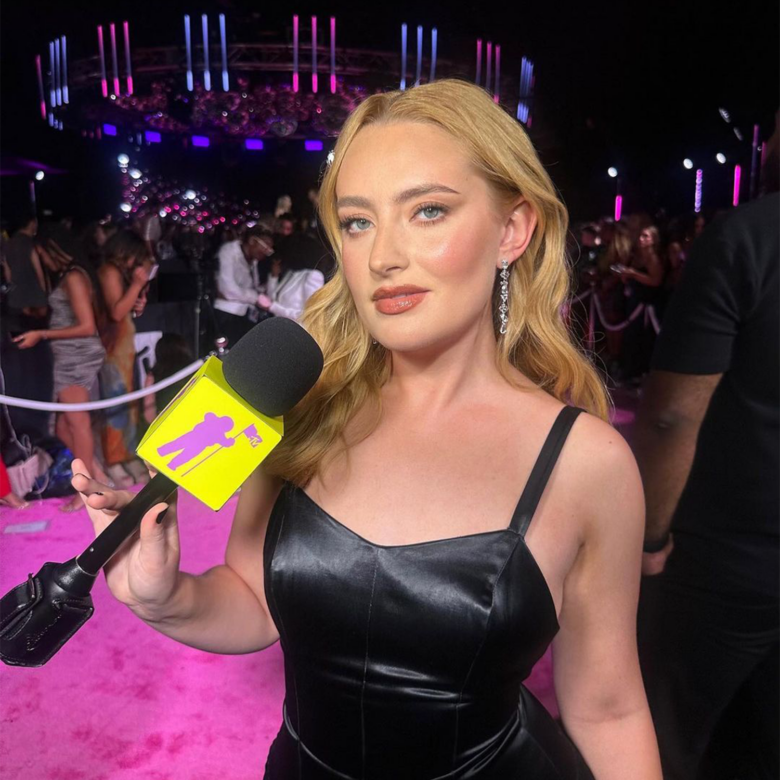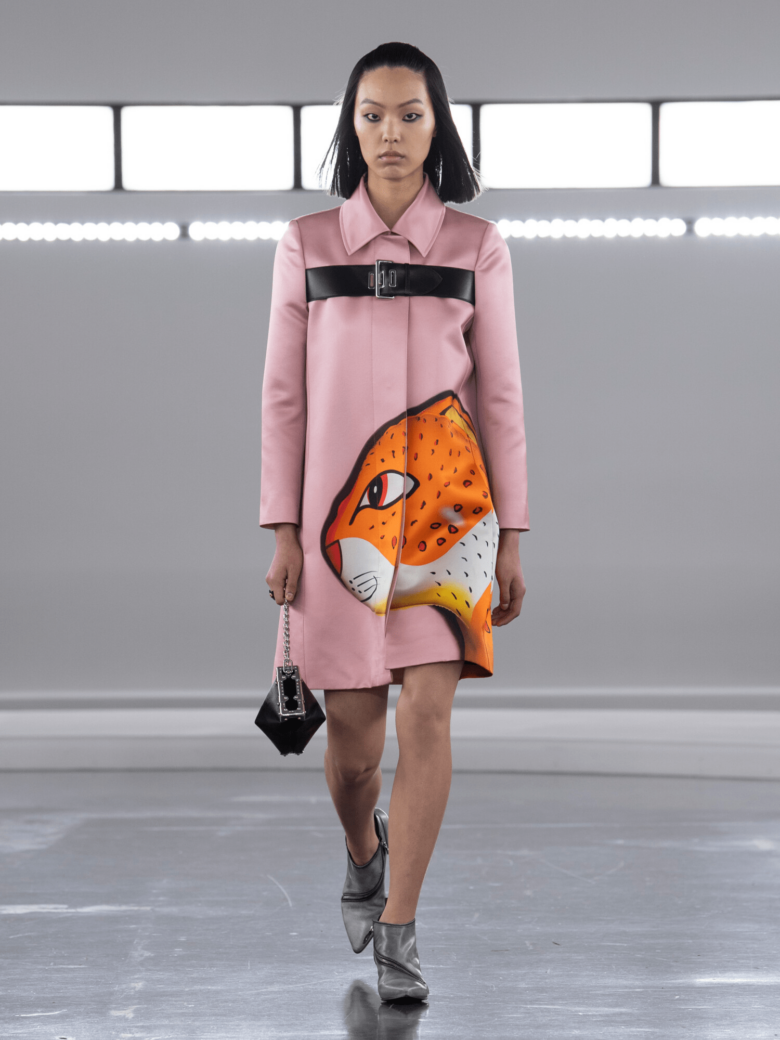The crows have been circling for some time but now they can officially descend: Victoria’s Secret Fashion Show is, officially, no more. On 21 November the chief financial officer of L Brands, which owns Victoria’s Secret, said: “We think it’s important to evolve the marketing of Victoria’s Secret. We’ll be communicating to customers, but nothing that I would say is similar in magnitude to the fashion show.” In May, it was announced that the show would no longer be televised but this is confirmation that it will be scrapped in its entirety.
Once one of the pop culture events of the year, it’s since developed a stench of “yesterday’s news”. Coming to be associated with a lack of diversity (in part thanks to that Vogue interview) the event lost two-thirds of its audience between 2014 and 2019. Yet could other factors, beyond bad PR, be at play in the Victoria Secret Fashion Show’s dramatic fall from grace?
Whilst we’re now used to the mass consumption of images and footage from the runway thanks to social media and IG TV, it’s only in the 2010s that we’ve really begun to gain this kind of access to what was formerly an invite-only affair. Airing on the Internet in the 1990s and televised from the 2000s, VSFW arguably led the way for more “high fashion” brands to bridge the gap between industry and public via live-streaming. Drafting in performers like Justin Timberlake and, later, Taylor Swift, it created a populist kind of catwalk show that merged fashion, spectacle and the most recognisable faces of the day.
It was an opportunity to see the likes of Gisele Bündchen, Naomi Campbell, and Tyra Banks stomp down the runway in scant fabric in an age before bloggers, social media and celebrity deep fakes. Victoria’s Secret has always been about the “fantasy” — as its controversial ex-marketing exec Ed Razek once said. Yet it was never just a fantasy of what women’s bodies “should” look like, but that these idealised bodies could be within reach to anyone with an internet connection.
Lambasted as “soft porn” in the noughties, the show has traditionally been more about the male gaze than female empowerment. With the rise of internet pornography and the increasingly graphic nature of sex scenes in mainstream entertainment, the VSFS has lost its value in a sex-saturated media culture. Where it was once a source of titillation, it’s since become shockingly banal.
Furthermore, the popularisation of Instagram, and the ample opportunities for thirst traps it provides, has created a different sensibility when it comes to depicting the female body. We’re increasingly aware that “sexy” doesn’t always mean “sexually empowered” — which recent comments made by Bella Hadid have only emphasised. Speaking at the Vogue Fashion Festival about her turn on the Fenty x Savage catwalk, she inadvertently took a swipe at Victoria’s Secret (for whom she has walked multiple times) by saying: “Rihanna’s amazing. For me, that was the first time on a runway that I felt really sexy. Because when I first did Fenty, I was doing other lingerie shows and I never felt powerful on a runway, like, in my underwear.”
Social media can cause problems at times, particularly when it comes to mental health, but it’s given individuals the chance to take charge of how others perceive them. We’re not just accepting the way that society views us: with editing (and knowledge of our angles) we’re encouraging followers to see us in whatever light we want them to. VSFS, however, is about celebrating rather than refashioning existing beauty standards. By the brand’s logic, only skinny, cis women with perfectly symmetrical faces are considered divine…and few others can ascend to these heavenly heights. Even as it slowly began to integrate trans and plus-sized models on its roster, VSFW was never going to change radically enough to capture the new spirit of the age.

